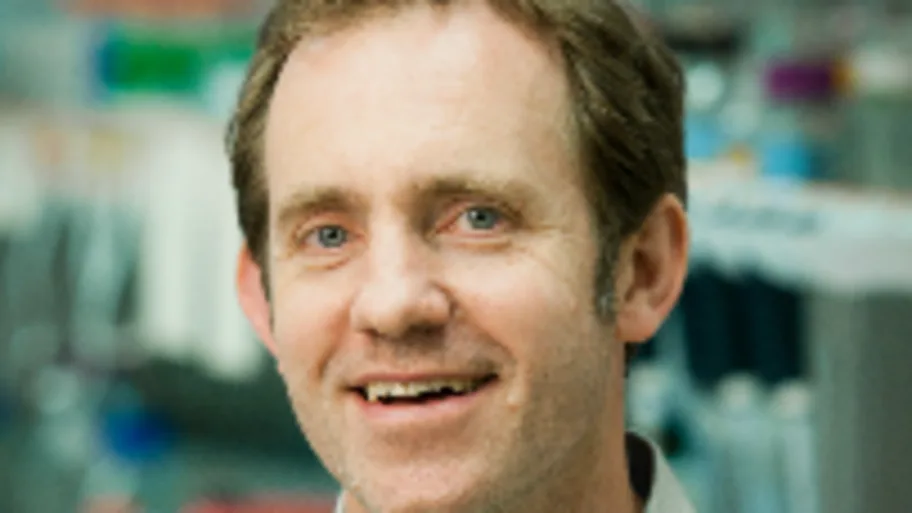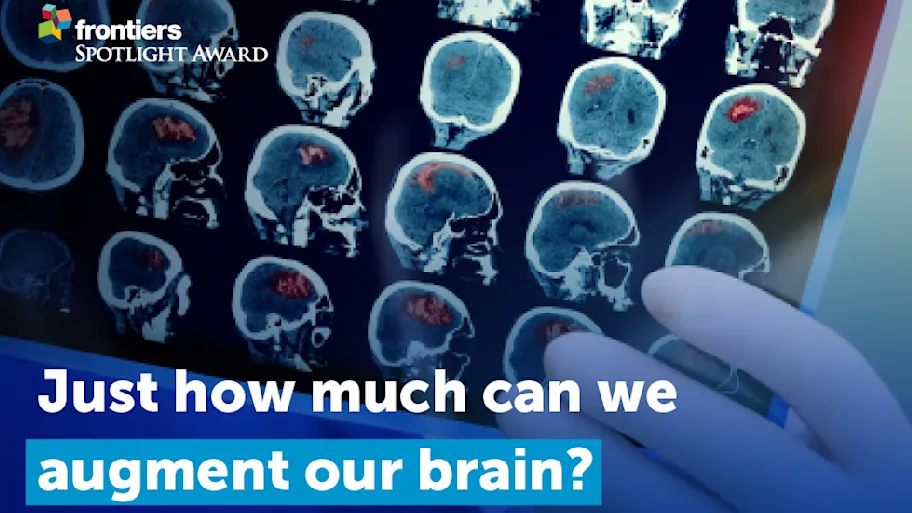
- Science news
- Neuroscience
- Brain disease: do pathological behaviors stem from faulty beliefs?
Brain disease: do pathological behaviors stem from faulty beliefs?

What we experience is not just what we hear, see, smell, feel and taste, but our interpretation of these sensory inputs based on what we believe we already know. Image: Shutterstock
A promising model for understanding neurological and psychiatric diseases could help provide personalized treatments for patients
— By Emma Duncan
Every second of every waking moment, our brain is bombarded with information from our five senses. It must interpret these inputs so that we understand what’s happening around us — and then respond in an appropriate way. Even the simplest response involves millions of connections between, and calculations by, a multitude of different brain cells.
Scientists now have a good understanding of how individual neurons work, but have yet to uncover how they work together for healthy brain function — and exactly what has gone wrong in brain diseases and disorders. A new article by top neuroscientists at University College London reviews a promising mathematical model for figuring this out.
Modeling brain function
Neuroscientists first mapped the function of different parts of the brain by looking at brain-damaged patients. While this approach is very valuable, it has limitations. One problem is that brain cells work as networks across large areas, meaning that damage to one part of the brain may affect the function of another region altogether.
A newer, complementary approach is to create mathematical models of the calculations performed by the brain, related to measurable behaviors. These “computational theories of brain function” can help neuroscientists understand how neurons function, as well as simulate behavior and its underlying physiology. Such models also allow neuroscientists to test their hypotheses.
“Computational theories of brain function have been extremely helpful in developing formal approaches to disease, especially in psychiatric research,” says Professor Karl Friston, one of the authors of the article, published in Frontiers in Human Neuroscience.
The role of prior beliefs
Together with colleagues Professor Geraint Rees and Thomas Parr, Professor Friston is particularly interested in computational theories that use Bayesian inference — a mathematical method for calculating probabilities and predictions based on prior knowledge.
“Bayesian inference is the process of combining what we are sensing with what we know about the world to build a picture of our environment,” explains Parr. “Crucially, this means that what we experience is not just what we hear, see, smell, feel and taste, but our interpretation of these sensory inputs based on what we believe we already know.”
In this model, the brain uses its prior beliefs to make predictions about the likely cause of sensory data. In the classic example, imagine you see a person with long hair from behind. You will probably infer that the person is female, because your prior experience tells you that most people with long hair are female. However, the brain also updates its prior beliefs if sensory inputs indicate the prediction is wrong: if you see the same person in the line to the men’s bathroom, then you will correct your initial assumption due to the unlikeliness of a girl being in this line.
Abnormal perceptions and behavior
Under a Bayesian inference model, brain diseases and disorders can be thought of as an error in the inference process. This could be due to an aberrant prior belief that is a poor match with reality, or a problem in processing prior beliefs. Such errors lead to a faulty interpretation of the cause of a sensory input — which in turn leads to a pathological sensation or behavior.
One example of how this might work is amputees experiencing ‘phantom’ sensations from their missing limb.
“The brain may believe the limb is still there,” says Parr. “Because there are no sensory inputs from the missing limb, it can’t correct this assumption and so continues to “feel” the limb.”
Similarly, faulty implementation of prior beliefs could lead to false positive inferences like hallucinations and delusions. Aberrant beliefs about how and when the body should move could also underlie motor disorders such as Parkinson’s disease.
In another example, some researchers argue that autism can be understood in terms of weak prior beliefs — with the consequence that autistic individuals rely more on current sensory data than past beliefs to understand the world. This could explain why people with autism often react less strongly to surprising stimuli than neurotypical individuals.
The prospect for personalized medicine
In theory, any neuropsychological disorder could be characterized by the set of prior beliefs that make a patient’s behavior appear “optimal” under a Bayesian inference model. This opens the exciting possibility of personalized treatments for brain disease.
“Characterizing neuropsychological disorders in terms of aberrant prior beliefs would allow quantitative phenotyping of individual patients,” says Parr. “This could facilitate a precision medicine approach.”
But first, two key challenges remain for computational neuropsychology.
“We need to identify the prior beliefs the brain must hold to make a behavior optimal — and we need to identify the biological basis of these priors,” concludes Professor Friston.
The review is part of the 10 Years of Impactful, Open Neuroscience Research Topic – a collection of research articles from the world’s top neuroscientists, showcasing some of the most notable advances in neuroscience over the past decade as well as current challenges and exciting new research developments.
Original review: Computational neuropsychology and Bayesian inference
Corresponding author: Thomas Parr
REPUBLISHING GUIDELINES: Open access and sharing research is part of Frontier’s mission. Unless otherwise noted, you can republish articles posted in the Frontiers news blog — as long as you include a link back to the original research. Selling the articles is not allowed.






